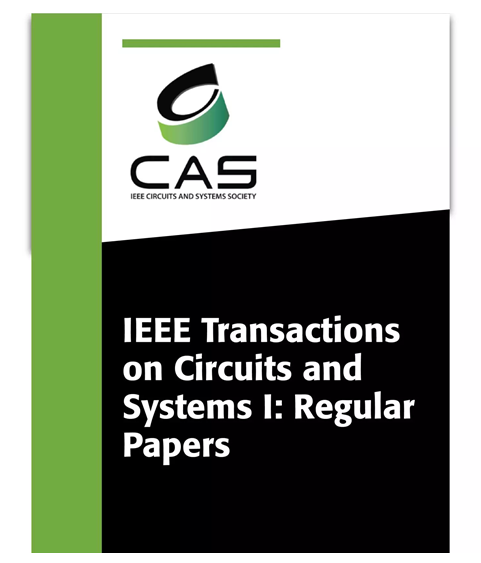FastGW: A Machine Learning-Based Early Skip for the AV1 Global Warped Motion Compensation
IF 5.2
1区 工程技术
Q1 ENGINEERING, ELECTRICAL & ELECTRONIC
IEEE Transactions on Circuits and Systems I: Regular Papers
Pub Date : 2024-11-05
DOI:10.1109/TCSI.2024.3486243
引用次数: 0
Abstract
The growing consumption of digital media, driven by technological advancements and exacerbated by the COVID-19 pandemic, has led to an increased demand for efficient video compression techniques. Among the various video encoders available, the AOMedia Video 1 (AV1) stands out since it was defined by the Alliance for Open Media (AOMedia), which is formed by big techs such as Google, Amazon, NetFlix, Meta, and Intel, among others. AV1 was launched in 2018 and it reaches high compression rates, especially for high-resolution videos. However, AV1 computational cost is significantly higher when compared to other current codecs. This paper is focused on one of the main novelties introduced by AV1: the Global Warped Motion Compensation (GWMC) tool. A computational effort reduction approach called Fast Global Warped (FastGW), using machine learning, is proposed to reduce the GWMC processing time. Then, a decision tree was trained to decide whether to skip the GWMC’s most computationally intensive step: the Refinement. This decision tree was implemented inside the AV1 encoder, resulting in an average time reduction of 23% at the GWMC, with a minimal impact on coding efficiency of 0.14% in BD-BR on average. To the best of the authors’ knowledge, this is the first work in the literature exploring machine learning to reduce the AV1 GWMC computational effort.求助全文
约1分钟内获得全文
求助全文
来源期刊
CiteScore
9.80
自引率
11.80%
发文量
441
审稿时长
2 months
期刊介绍:
TCAS I publishes regular papers in the field specified by the theory, analysis, design, and practical implementations of circuits, and the application of circuit techniques to systems and to signal processing. Included is the whole spectrum from basic scientific theory to industrial applications. The field of interest covered includes: - Circuits: Analog, Digital and Mixed Signal Circuits and Systems - Nonlinear Circuits and Systems, Integrated Sensors, MEMS and Systems on Chip, Nanoscale Circuits and Systems, Optoelectronic - Circuits and Systems, Power Electronics and Systems - Software for Analog-and-Logic Circuits and Systems - Control aspects of Circuits and Systems.

 求助内容:
求助内容: 应助结果提醒方式:
应助结果提醒方式:


